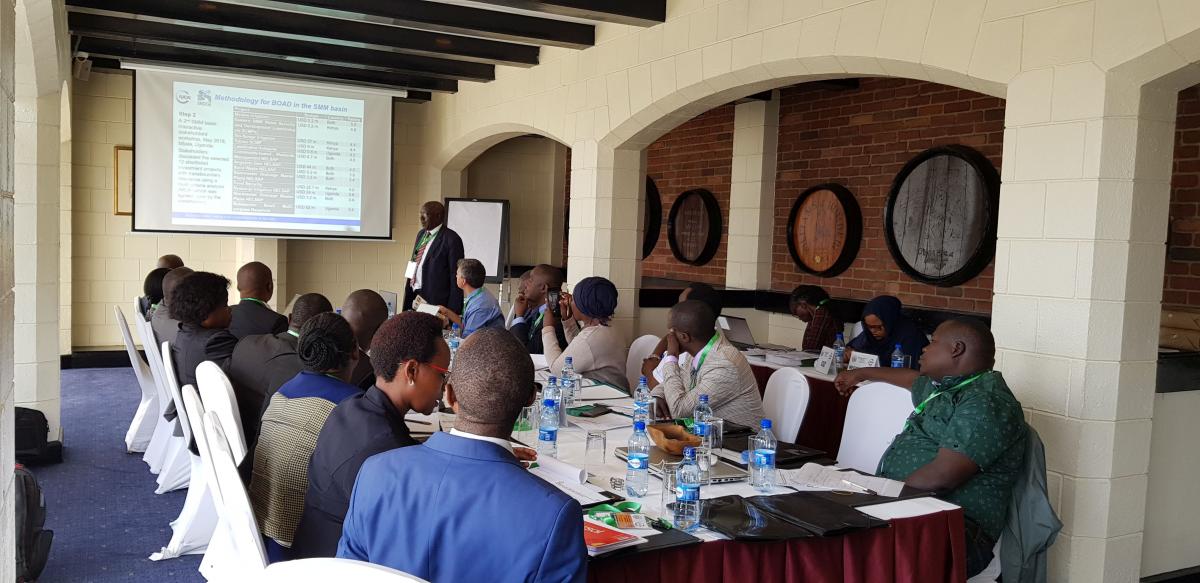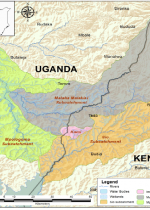The Sio-Malaba-Malakisi basin: Strengthening transboundary water cooperation between Kenya and Uganda
The Sio-Malaba-Malakisi (SMM) is a transboundary basin of the Nile River, shared between Kenya and Uganda. With a population of four million, the SMM consists of a variety of ecosystems including lakes, rivers, forests, game reserves and national parks which are home to a rich variety of fauna and flora.

Photo: ©IUCN East Africa Office
The basin's natural wealth provides opportunities and potential for social economic development in the region. Currently, agriculture is the major socio-economic activity in the SMM employing 85% of people in the basin. However, poor agricultural practices, intensive land cultivation and sand harvesting have resulted in extensive landscape degradation and loss of water quality in the basin. Addressing these challenges requires joint action and investment by both Uganda and Kenya in order to improve the health of the transboundary basin.
 Photo: ©IUCN Water
Photo: ©IUCN Water
Progress in the SMM basin has been steady over the years and in part as a result of the application of the IUCN Benefit-Sharing Training (PDF-'Sharing the Benefits from the River').
"In particular for the SMM, the Benefit Opportunities Assessment Tool or 'BOAT' was a key initial step in the development of the basin's Investment Project Plan. Likewise, using the Transboundary Instruments Development or 'TIDE' tool of the training framework, helped in the discussions and development of the SMM Memorandum of Understanding", said John Owino, IUCN Water Programme Officer for the East and Southern Africa office.
Dr. Callist Tindimugaya from the Ministry of Water and Environment, Republic of Uganda, reiterated that transboundary water cooperation is not an option but a must, as water doesn't recognize political boundaries and cooperation leads to added benefits such as regional collaboration, trade, peace and security.
Gladys Wekesa from the Ministry of Water and Irrigation of the Republic of Kenya, noted the importance of the SMM investment planning process and institutional framework as a mechanism to enable stakeholders to realize concrete and tangible results from transboundary water cooperation.
 Photo: ©IUCN Water
Photo: ©IUCN Water
John Musila and Dr. Isaac Alukwe, on behalf of Uganda and Kenya, respectively expressed their gratitude to the IGAD Secretariat, IUCN and others for organizing the meeting during which stakeholders reaffirmed their commitments to working towards strengthened cooperation in the SMM transboundary basin.
The SMM working group adopted a roadmap for the first semester of 2020 for further joint work and finalising the SMM Investment Plan and Financing Strategy, as well as the SMM Memorandum of Understanding.
**
For more information, please contact John.Owino[@]iucn.org
